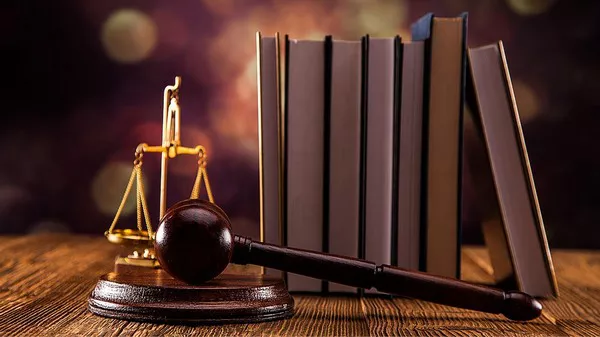In the dynamic landscape of business transactions, the ability to draft a comprehensive and legally sound agreement between two parties is a crucial skill. Whether you’re entering into a partnership, a contract for services, or any other form of business arrangement, having a well-crafted legal agreement in place is essential for protecting the interests of all parties involved. In this guide, we’ll take you through the step-by-step process of writing a legal agreement between two parties, equipping you with the knowledge and tools necessary to navigate the intricacies of contract drafting with confidence and precision.
1. Understand the Purpose and Scope of the Agreement:
Before diving into the specifics of drafting a legal agreement, it’s essential to have a clear understanding of the purpose and scope of the agreement. Consider the following aspects:
Identify the Parties: Clearly identify the parties entering into the agreement, including their full legal names, addresses, and any relevant business affiliations or titles.
Define the Objectives: Determine the primary objectives of the agreement and the desired outcomes for both parties. This will serve as the foundation for outlining the terms and conditions of the agreement.
2. Outline the Key Terms and Conditions:
Once you have a clear understanding of the purpose and scope of the agreement, it’s time to outline the key terms and conditions that will govern the relationship between the parties. This includes:
Scope of Work or Services: Define the scope of work or services to be provided by each party, including deliverables, timelines, and performance expectations.
Payment Terms: Specify the payment terms, including the amount, frequency, and method of payment, as well as any late fees or penalties for non-payment.
Confidentiality and Non-Disclosure: Include provisions to protect sensitive information shared between the parties, outlining confidentiality obligations and restrictions on the disclosure of proprietary information.
3. Address Potential Contingencies and Risks:
Anticipating potential contingencies and risks is an essential aspect of drafting a legal agreement. Consider the following factors:
Dispute Resolution Mechanisms: Include provisions for resolving disputes that may arise between the parties, such as mediation, arbitration, or litigation.
Termination Provisions: Clarify the conditions under which the agreement may be terminated, including notice requirements, grounds for termination, and any applicable penalties or consequences.
Force Majeure Clause: Consider including a force majeure clause to address unforeseen circumstances or events beyond the parties’ control that may impact their ability to fulfill their obligations under the agreement.
4. Draft the Agreement Using Clear and Concise Language:
When drafting the legal agreement, use clear and concise language to ensure that the terms and conditions are easily understood by all parties. Avoid using overly technical or ambiguous language that could lead to misinterpretation or confusion.
5. Seek Legal Review and Approval:
Once the initial draft of the agreement is complete, it’s crucial to seek legal review and approval from a qualified attorney. A legal expert can provide valuable insights, identify potential legal issues or risks, and ensure that the agreement complies with applicable laws and regulations.
6. Finalize and Execute the Agreement:
After incorporating any necessary revisions or modifications, finalize the agreement and arrange for both parties to sign and execute the document. Be sure to retain copies of the executed agreement for your records and provide copies to all parties involved.
In conclusion, mastering the art of crafting a legal agreement between two parties requires careful consideration of the purpose, scope, and terms of the agreement, as well as a keen understanding of applicable legal principles and regulations. By following the step-by-step process outlined in this guide and seeking legal guidance when needed, you can create a robust and enforceable agreement that protects the interests of all parties involved and fosters a successful business relationship.


